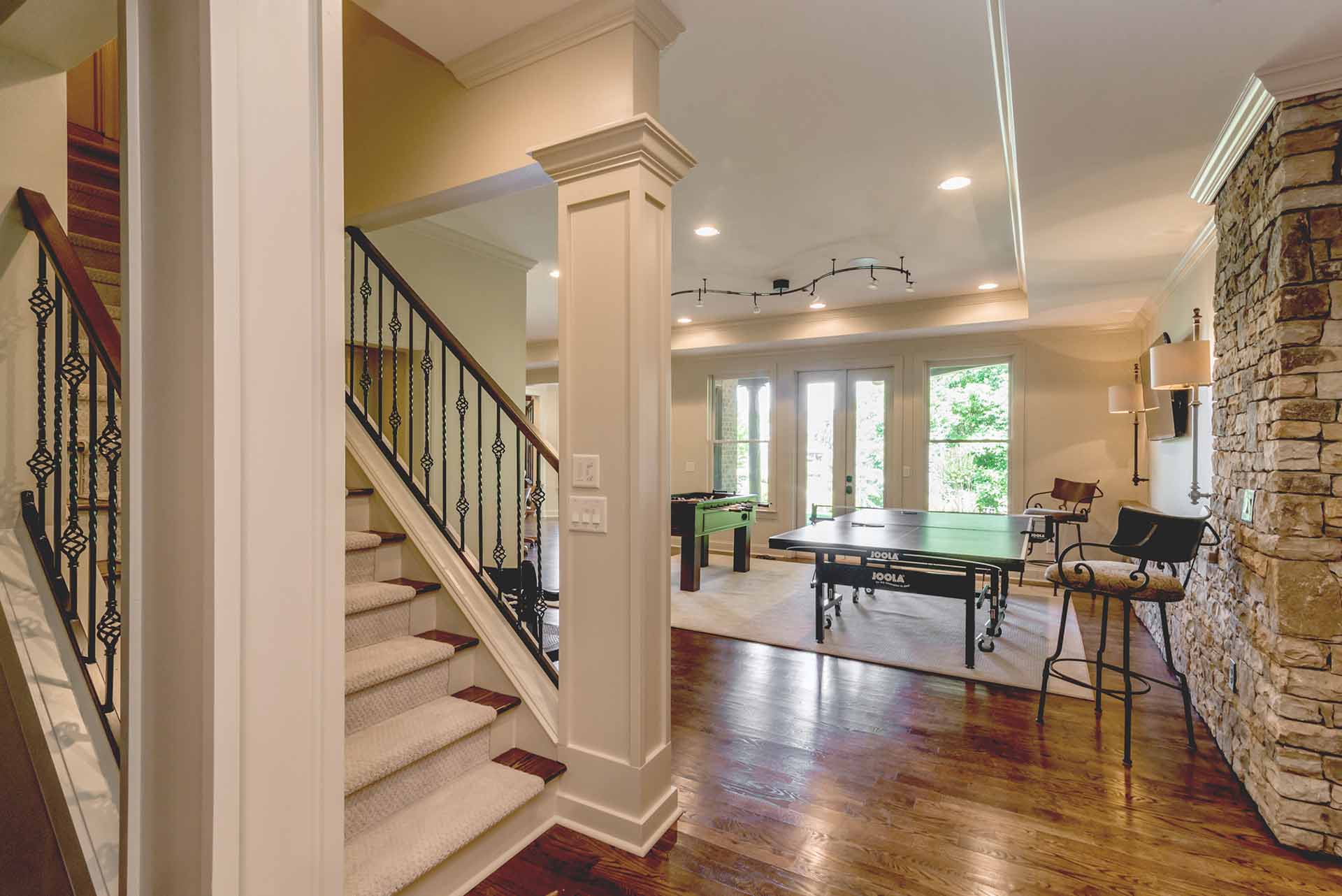Top 5 ways to optimize your remodeling budget
First and foremost — plan, plan, plan. The number one way to optimize your dollars and value yield is to plan and plan properly during the architectural design phase. If anything special is going to happen, it happens during the design phase. If any money is to be saved, that will also happen during the design phase. It is during the design and planning exercise that the costing impact of each decision needs to be considered to optimize the budget performance. Architectural design is an art form when done by a skilled designer. Might seem simple but can be a daunting exercise. Typically a preliminary design is produced to quickly identify the opportunities and limitations and then followed closely by a preliminary pricing estimate for the associated cost so as to make informed decisions about the direction for the project before proceeding. By first completing this study you will able to look at the whole picture instead of simply looking at the design and the wow it may bring. The goal is to understand the opportunities and design alternatives along with all the related costing. Once armed with this information you will be in a much better position so as to come closer to reaching your financial objectives for the project early on. Too often many dive into the project without the whole picture only to find themselves out on a limb with no option but to proceed ahead once construction begins.
Another way to save money is to think out of the box while doing the preliminary programing of your project. One way significant cost savings would be to think repurposing of space you may already have built. Too often we see families considering home additions and expansions while they fail to completely utilize the full potential of their existing space. Space within the home that is used very little if any at all might be an area that could be redesigned before considering the expense of an addition. Also consider incorporating any resources or materials that you currently have, and some may be hidden, into the design as a way to re-purpose what you have and thereby minimize your expense.
While this might seem obvious, avoid costly items within the design. In other words, what I believe is a good approach is to seek out items and effects that cost $1000 and give you a $10,000 effect. Likewise, avoid items that cost $10,000 and offer minimal benefit towards the final project and design effect. Modern interior design has brought about innovation in materials that have actually reduced the cost of some materials without sacrificing quality or effect. The best way I know how to identify these particular items and areas for potential savings is to scrutinize the project budget and let your eyes drift towards the most costly line items. These are the ones to pay attention to. I highly recommend you explore the design alternatives closely on these larger ticket items as those are the areas that can yield the greatest opportunity to value engineer and reduce costs. It is very hard to save $100 on a $150 priced item. Much easier to go about saving or trimming $500-$1000 on a $5000 item! Too often we tend to swallow the camel while choking on the gnats. Don't lose focus on the opportunities for savings within the large ticket items. One of the greatest opportunities to extract higher value from the budget.
Another way to optimize the project budget is to let time be on your side and work for you, not against you. We’ve all heard the expression “time is money”. Well this can actually work in your favor during both the architectural design and construction phase of your project. By rushing and not planning properly can cost money through oversight of missed opportunities and not properly exploring the design alternatives. A skilled artisan can take the time to properly vet the design alternatives and selections to yield the highest value. During construction you could also make a mistake by sending a signal to vendors that time is of the essence which will often lead to higher costing. Don’t rush the planning process. Be patient and thorough, then pull the trigger and get the best return for the dollars for a home renovation.
And finally to get the best return on investment would be to avoid items that are very custom towards your specific taste or liking. This may have great value to you but if you are ever considering selling the property might not be the same value to a subsequent owner. Plus custom pieces usually come with a higher price tag and the value is in the eyes of the beholder. By staying more middle of the road (vanilla) and avoiding way out taste (rocky road) you can probably save money and yield a much greater return on your investment.
Plan, use your time wisely, think about repurposing, avoid costing line items and using materials and products that are commonly produced and available are some of the ways to optimize your project budget. All of these have many variables and there certainly many more ways to save money and optimize your project budget than listed here.
For more information on this or how Sanctum may be able to help, feel free to contact us at 770-777- 0100 or tom@sanctumdesigngroup.com We respond promptly to all inquiries.


